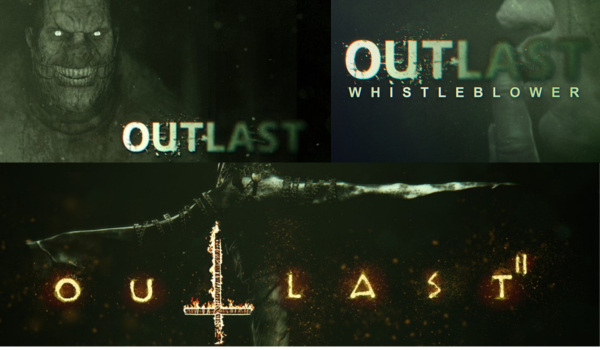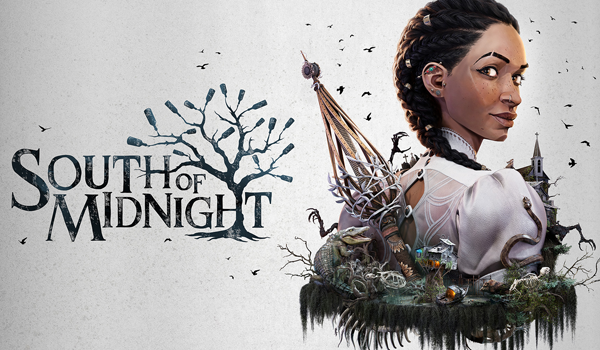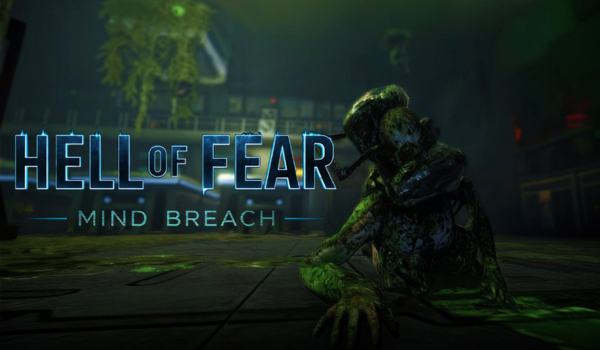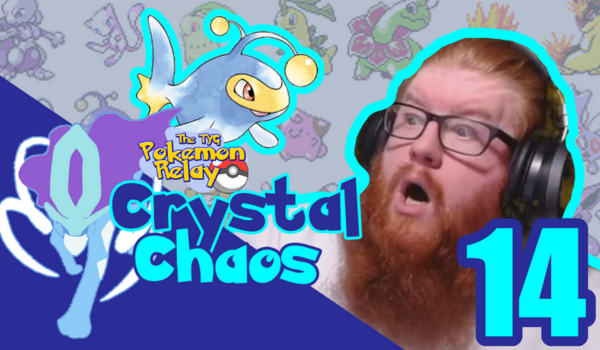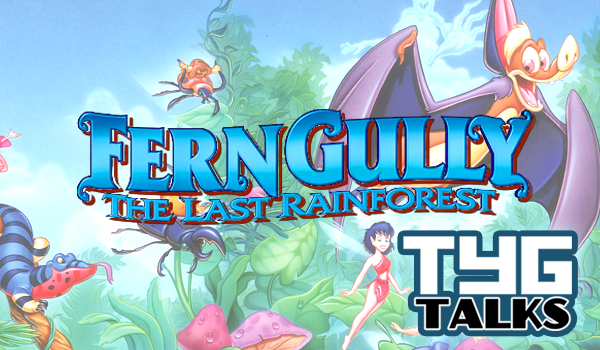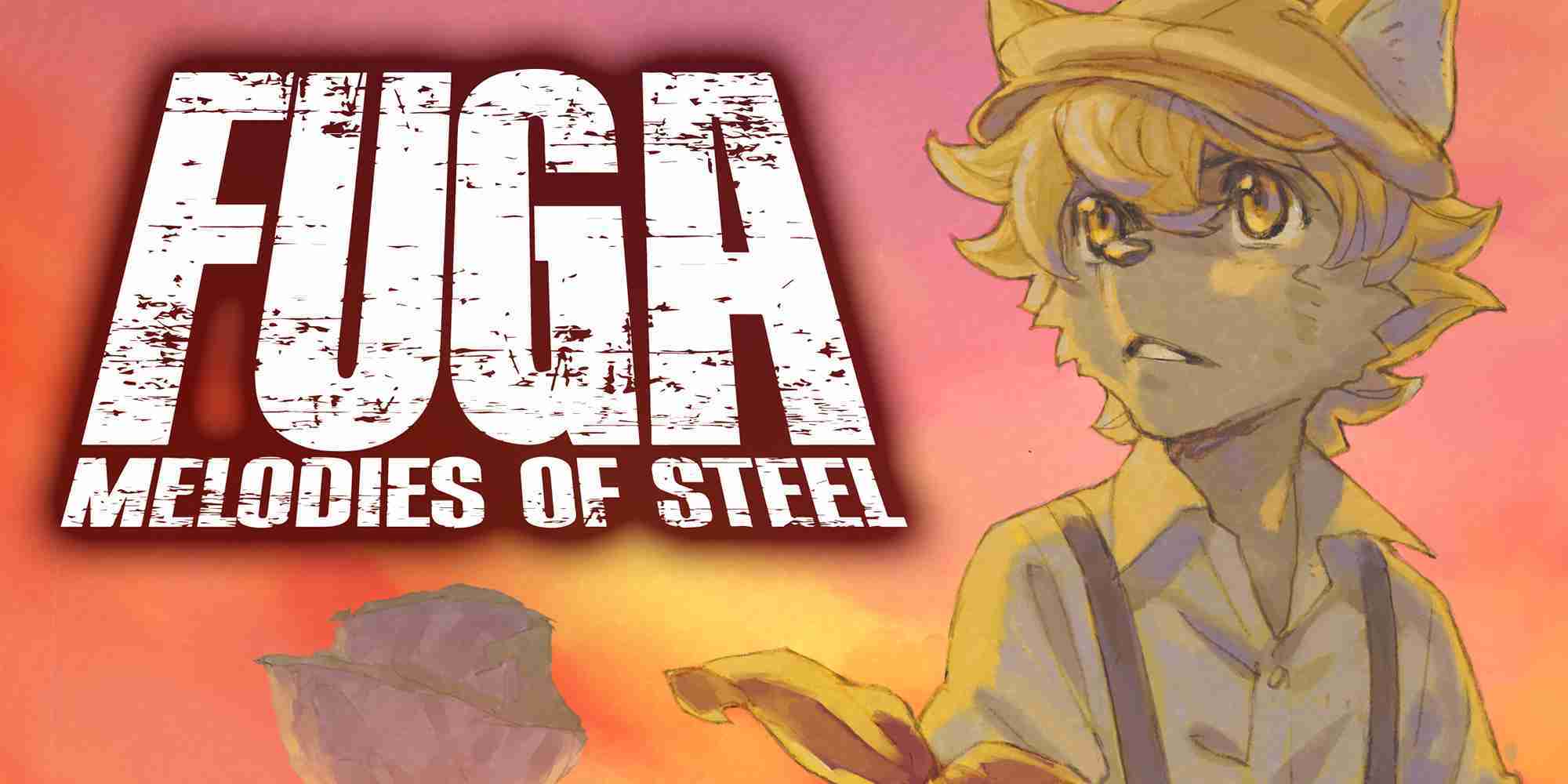
Your enemy stands before you, you’ve taken a beating and are on the back foot. You can finish the fight with one shot but it will cost you the life of one of your friends.
This is the choice presented to you in Fuga: Melodies of Steel’s tutorial. 12 year-old Malt and his friends are riding in the ancient tank Taranis whose super weapon, the Soul Cannon, uses life energy to fire. They are fighting the invading Berman army who has launched an unprovoked offensive on the floating islands of Gasco, your home.
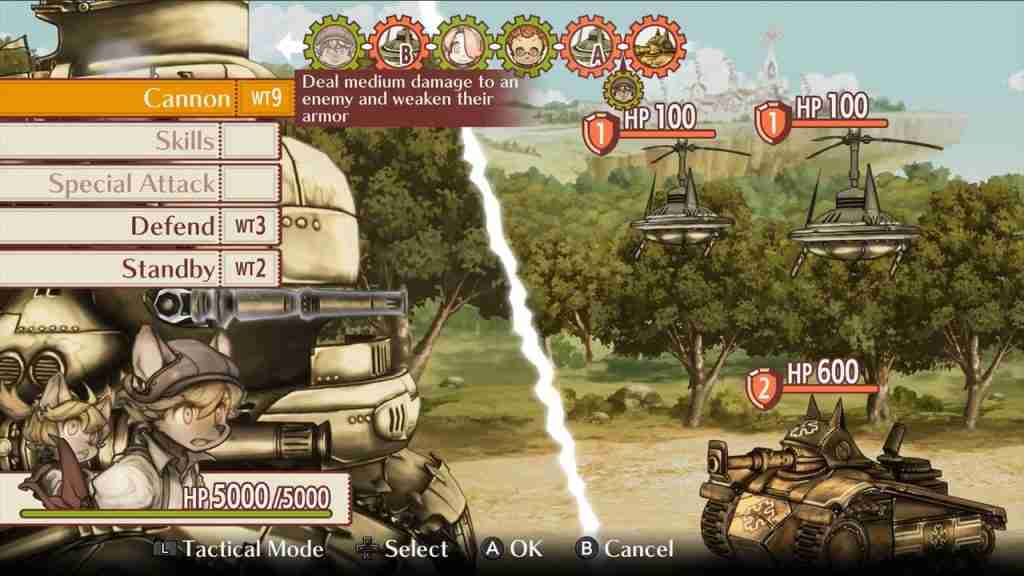
Fuga: MoS comes from the CyberConnect2’s Little Tail Bronx series whose previous titles were 1999’s Tail Concerto and 2010’s Solatorobo: Red the Hunter and is the earliest in the timeline. The world is populated by two races, the dog-like Caninu and the cat-like Felineko and is set in an early 20th-century setting.
Malt is an orphaned Caninu living peacefully in a Felineko village with his sister Mei when suddenly the Berman army flies in, attacking the village and kidnapping the inhabitants. Instructed by radio, Malt, Mei and several other children from the village run to the nearby forbidden cave, where they find the Taranis, an ancient powerful tank and use it to chase the army to rescue their parents.
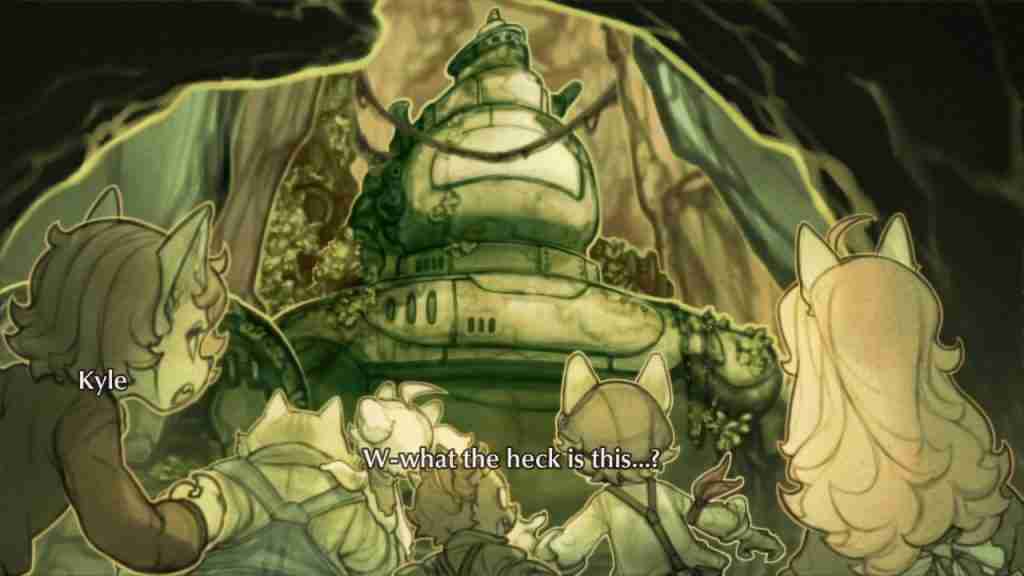
The game itself is broken into many different sections, the bulk of the gameplay will be on the “track“, a simplified board game where you will move your tank from point to point, and depending on what you land on will either be a battle or an item. The track can branch off giving you options on how to proceed, do you take the more dangerous path to get more items or the safer one if you’re feeling beat up?
Battles are a turn-based affair with a time bar running across the top. You can assign different children to the three different gun slots of the Taranis as each of the children have their own combination of gun types and special skills. The machine gun is accurate but low damage and is great for removing armour, the grenade launcher is mid-tier but does status effect and the cannon is high damage but slow and the least accurate. Enemies can attack in groups and can have multiple waves. Certain enemies can be weaker to specific guns as well, which can result in their attack being delayed and lends a lot of strategy to battle encounters.
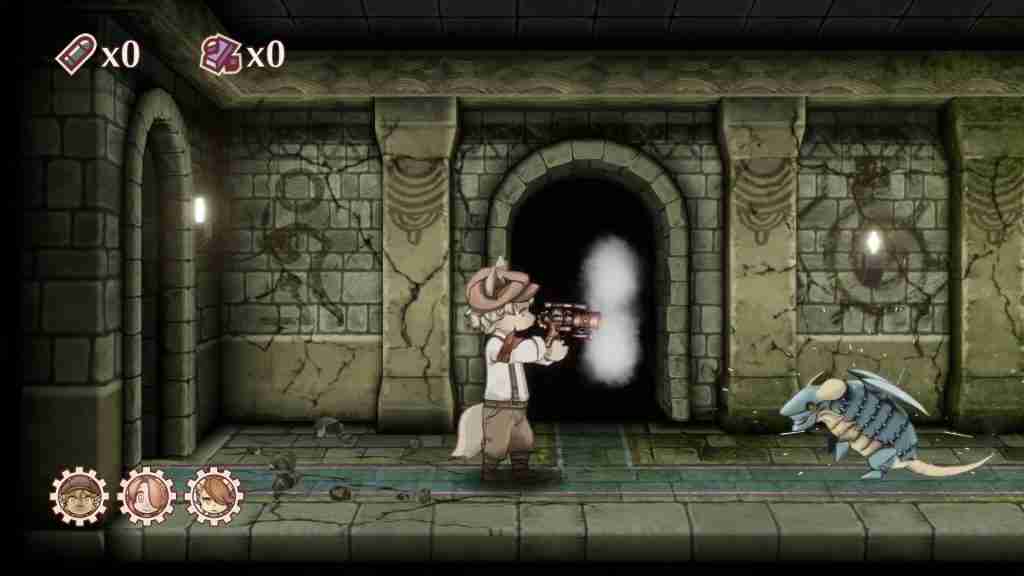
Another stop on the track is the interlude. In this, you will go inside the Taranis and can control any of the children and use the various facilities, form friendship bonds (which can produce combo attacks), upgrade the Taranis or heal any party members but have to work to a restrictive action point limit. Aside from item boxes, which yield either restoratives or upgrade materials, we have the ruins where you can take three of your party in a little side-scrolling puzzle adventure to open the chest at the end for more items.
When you reach the end of the track you face off against the chapter’s boss, which is where the soul cannon mechanic comes into play. If the Taranis’ health is reduced to around 25 to 30% the soul cannon will activate and you have the option to sacrifice one of the children as a bullet for the gun which will win the fight but remove the child permanently, presenting quite the moral dilemma.
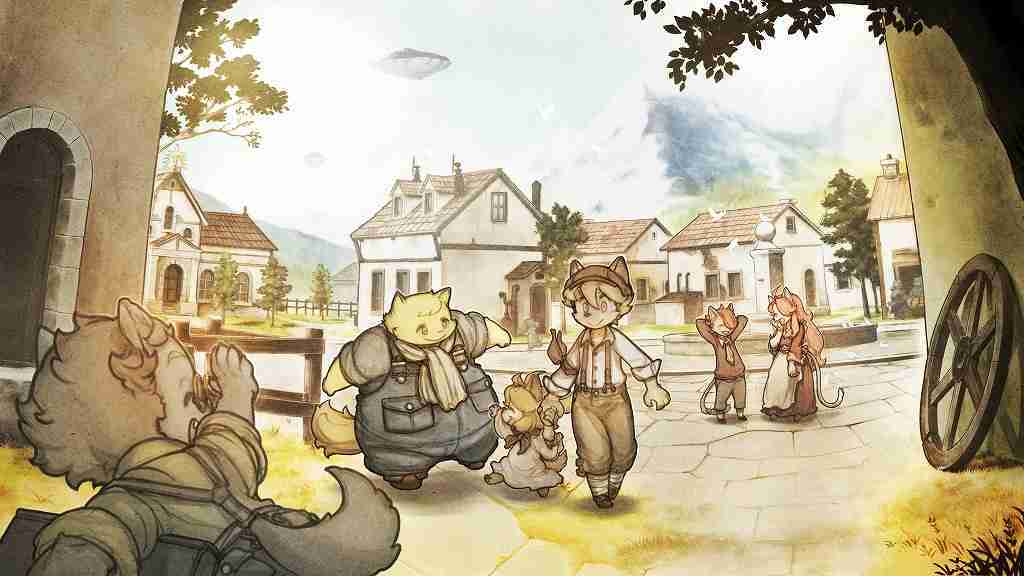
In between chapters, we rest in villages where we can barter for supplies, speak to the locals and get some needed respite between battles
The story is presented in a visual novel style, narrated in either Japanese or French. Some of the on-screen text is French as well, which is fitting as the Berman invasion seems to be an allegory to the real-life occupation of France during the Second World War. All the characters are lovingly hand-drawn and have 3D models for the side-scrolling sections. Unlockable art also appears at the climax of each chapter which can be viewed in the main menu.
With twelve chapters ranging from 30 minutes to a couple of hours, there was a lot of game here with a surprisingly emotional story. Having reached the end with all the children surviving, I got the best ending I decided to jump straight into the sequel.
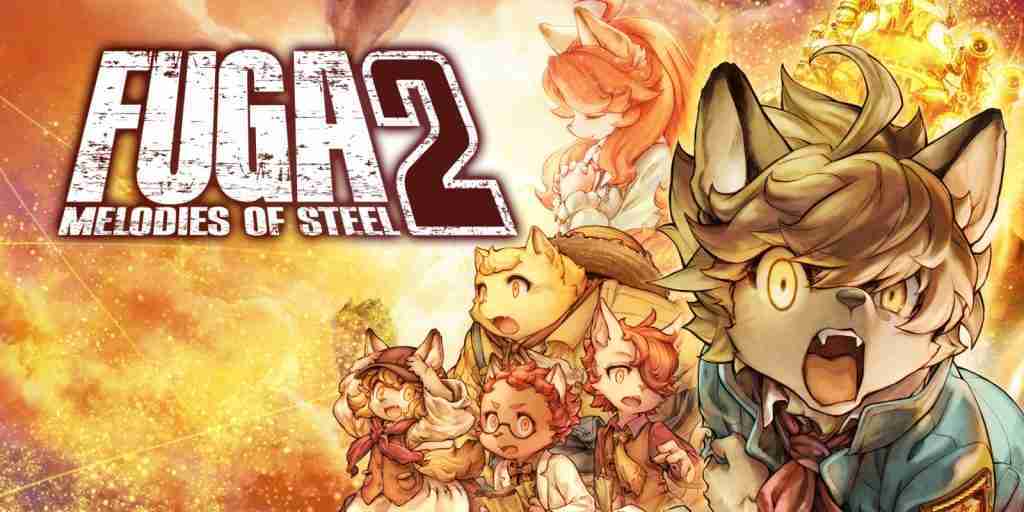
Fuga: Melodies of Steel 2 is set one year later. The children have lived in peace, and Gasco and Berman have an armistice in place. The Gasco government, wanting to research the Taranis, invite the children to help when suddenly the tank locks half the children inside and goes on a rampage seemingly autonomously. It’s up to the remaining children to take the Tarascus, a sister tank, to chase down the rogue tank.
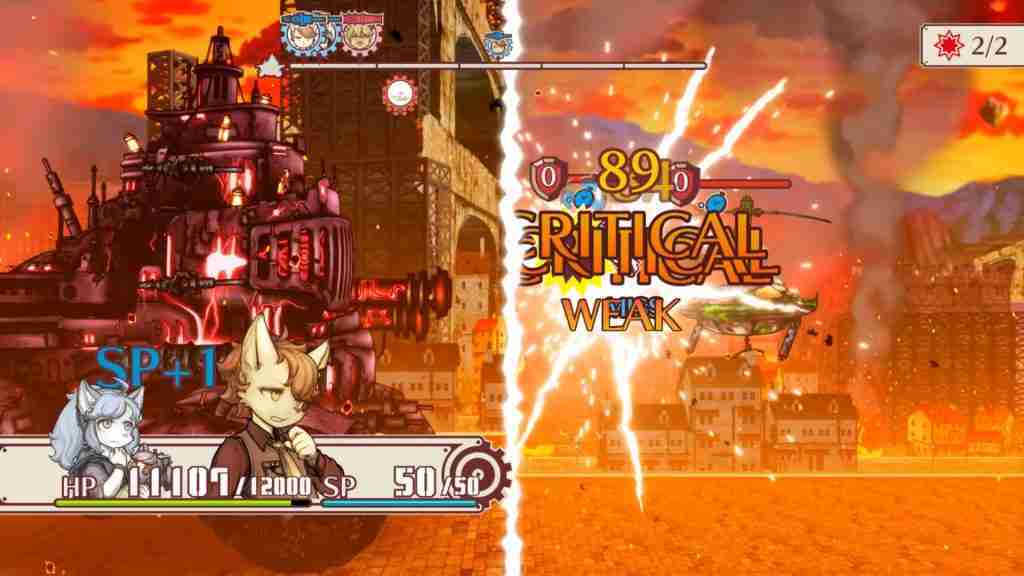
Gameplay-wise it’s very similar to its predecessor with a few inclusions. Airships can appear on the track which offers a shop and services chapter. Money is now the main currency rather than bartering, so trips to the ruins become more profitable. And Malt now has a moral affinity system. During conversations you can get an option to decide an outcome, but rather than Mass Effect’s paragon/renegade it is a sympathetic/decisiveness decision which can lead to different passive abilities during battle and affect the ending.
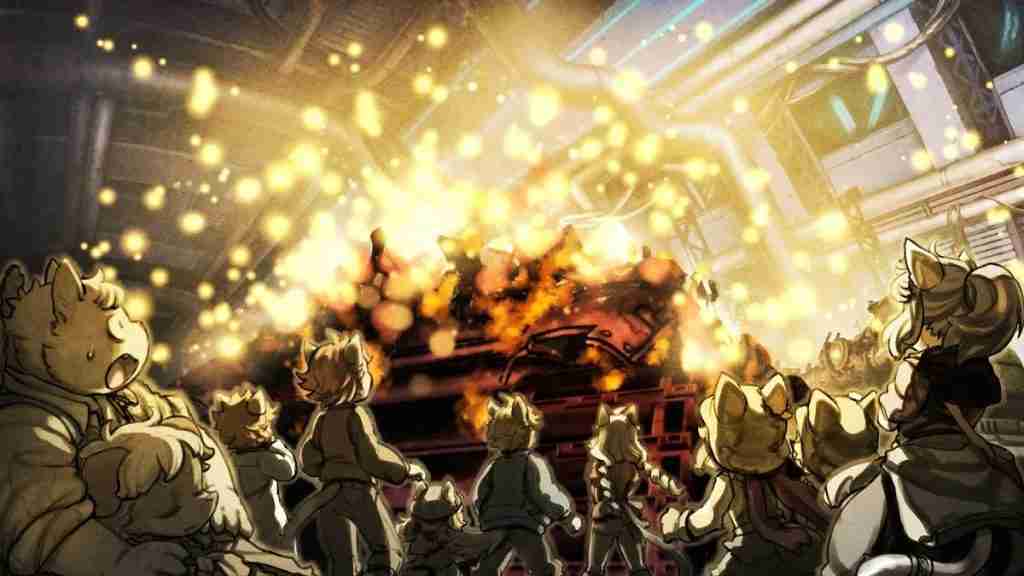
The Tarascus super weapon is the “Managarm“, which is available at all times, while not as powerful it doesn’t permanently sacrifice a child just incapacitates them for a period. The Soul Cannon does return later, but works differently; when the damage threshold is reached it will activate and randomly select a child and you have 20 in-game turns to win to fight or lose the child.
Much of the original cast is back including some surprise returns and the stakes are higher as Malt must come to terms with a tragedy early in the game and the player choices shape if our motives are to get revenge or simply stop the new threat.
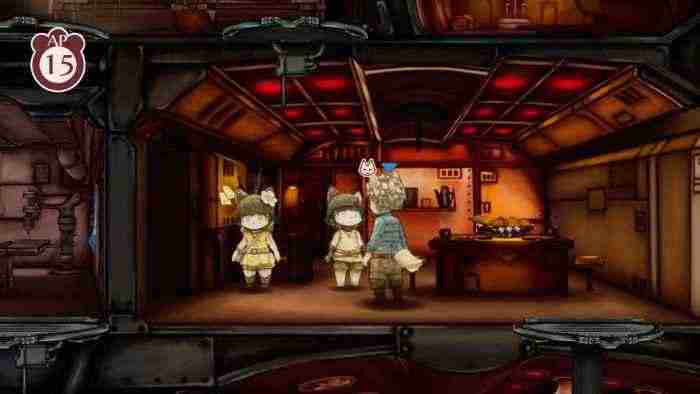
The music for both games was done in-house by music duo LieN and there are some great orchestral tracks in the same vein of the Neir series that I think I will be adding to my playlist and the end chapter art was commissioned from various artists. Both games feature a new game plus which will carry over your upgrades, levels, and child friendships and there are secret objectives to find which unlock a final secret cutscene.
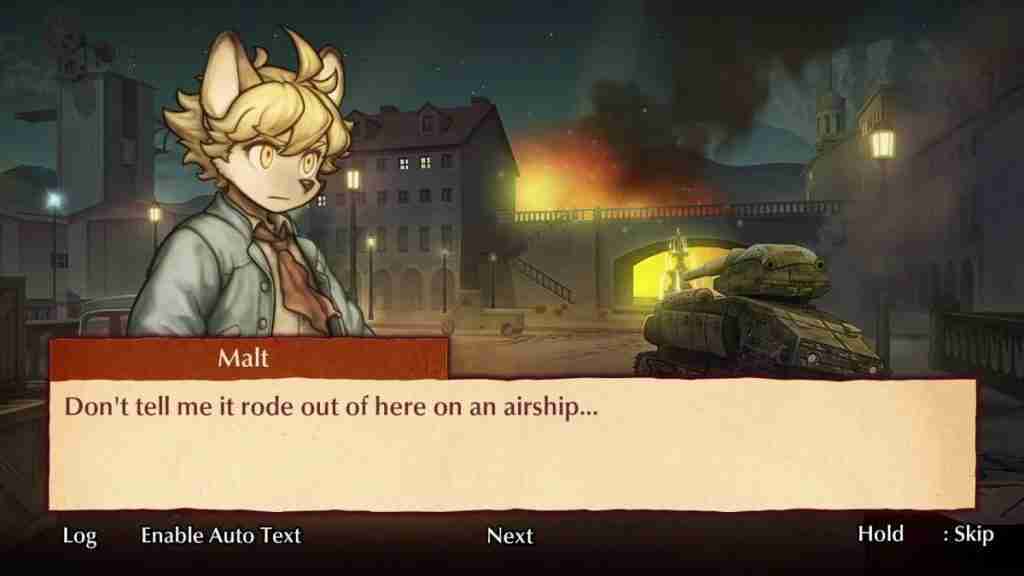
As they were available on Game Pass, I played them back-to-back and while I did enjoy the experience, my interest was beginning to wane by the middle of the second game. Even so, I did thoroughly get invested in the characters and the world and found myself lost down a rabbit hole of lore when I discovered it was a long-existing series. I highly recommend trying at least one of these titles and diving into the world.

Developer: CyberConnect2
Publisher: CyberConnect2
Platform: Microsoft Windows, Nintendo Switch, PlayStation 4, PlayStation 5, Xbox One, Xbox Series X/S
Released: (1) 29 July 2021 (2) 10 May 2023

